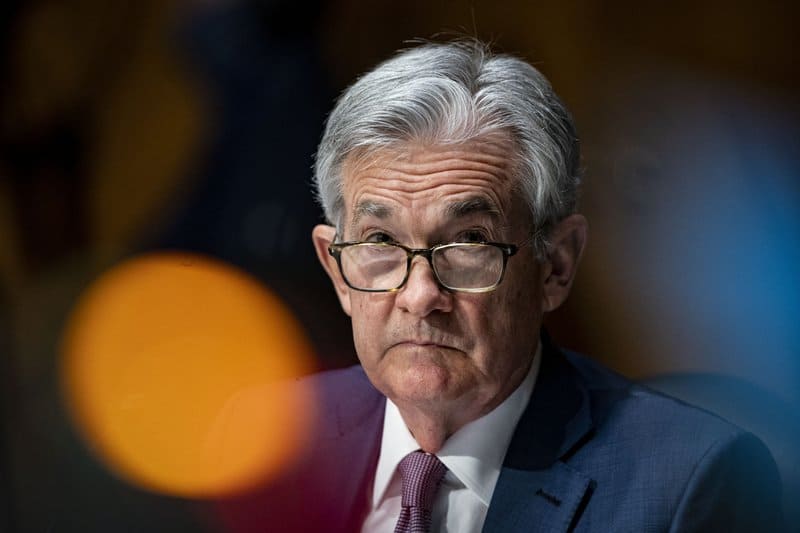
Federal Reserve Chairman Jerome Powell said Wednesday that an apparent hiring bottleneck in the labor market – which has made it difficult for employers to hire workers, despite a persistently high jobless rate – will likely end in the coming months.
“My guess is we’ll come back to this economy where we have equilibrium between labor supply and labor demand,” Powell said during a press conference following the U.S. central bank’s two-day policy-setting meeting. “It may take some months, though.”
The Fed chief listed several reasons for the seeming labor-market shortage, even though the nation’s unemployment rate is at 6% and some 9.7 million Americans say they are actively looking for work, according to the Labor Department’s February jobs report.
Powell suggested that would-be workers may be applying for jobs despite lacking the necessary skill set. He also said there could be geographical differences.
Another reason for the disparity, Powell said, is that schools aren’t open yet – meaning that some people who want to return to the workforce can’t because they’re still at home taking care of their child. Powell also indicated that some Americans are afraid to return to work due to concerns they may be infected with COVID-19.
“Clearly there’s something going on out there, as many companies are reporting labor shortages,” he said. “We don’t see wages moving up yet, and presumably we would see that in a really tight labor market. We may well start to see that.”
Business leaders have been quick to blame the expanded unemployment insurance benefits offered in President Biden’s $1.9 trillion coronavirus relief package, arguing that out-of-work Americans are reluctant to forfeit a bigger paycheck and go back to their job when the risk of contracting the virus remains high. The March legislation, known as the American Rescue Plan, boosted state jobless aid by $300 a week through Sept. 6, 2021.
But Powell said it was unclear whether the sweetened federal benefits were affecting workers’ hesitancy to return to their jobs.
“I do also think that unemployment insurance benefits will run out in September,” he said. “So to the extent that’s a factor – which is not clear – it will not be a factor fairly soon.”
Fed policymakers voted unanimously during their meeting to hold the benchmark federal funds rate at a range between 0% and 0.25%, where it has been since March 2020, when COVID-19 forced an unprecedented shutdown of the nation’s economy. Since June, the Fed has also been purchasing $120 billion in bonds each month, a policy known as “quantitative easing” that’s designed to keep credit cheap.
Policymakers unanimously pledged to maintain the current policy stance until “labor market conditions have reached levels consistent with the Committee’s assessments of maximum employment and inflation has risen to 2 percent and is on track to moderately exceed 2 percent for some time.”























